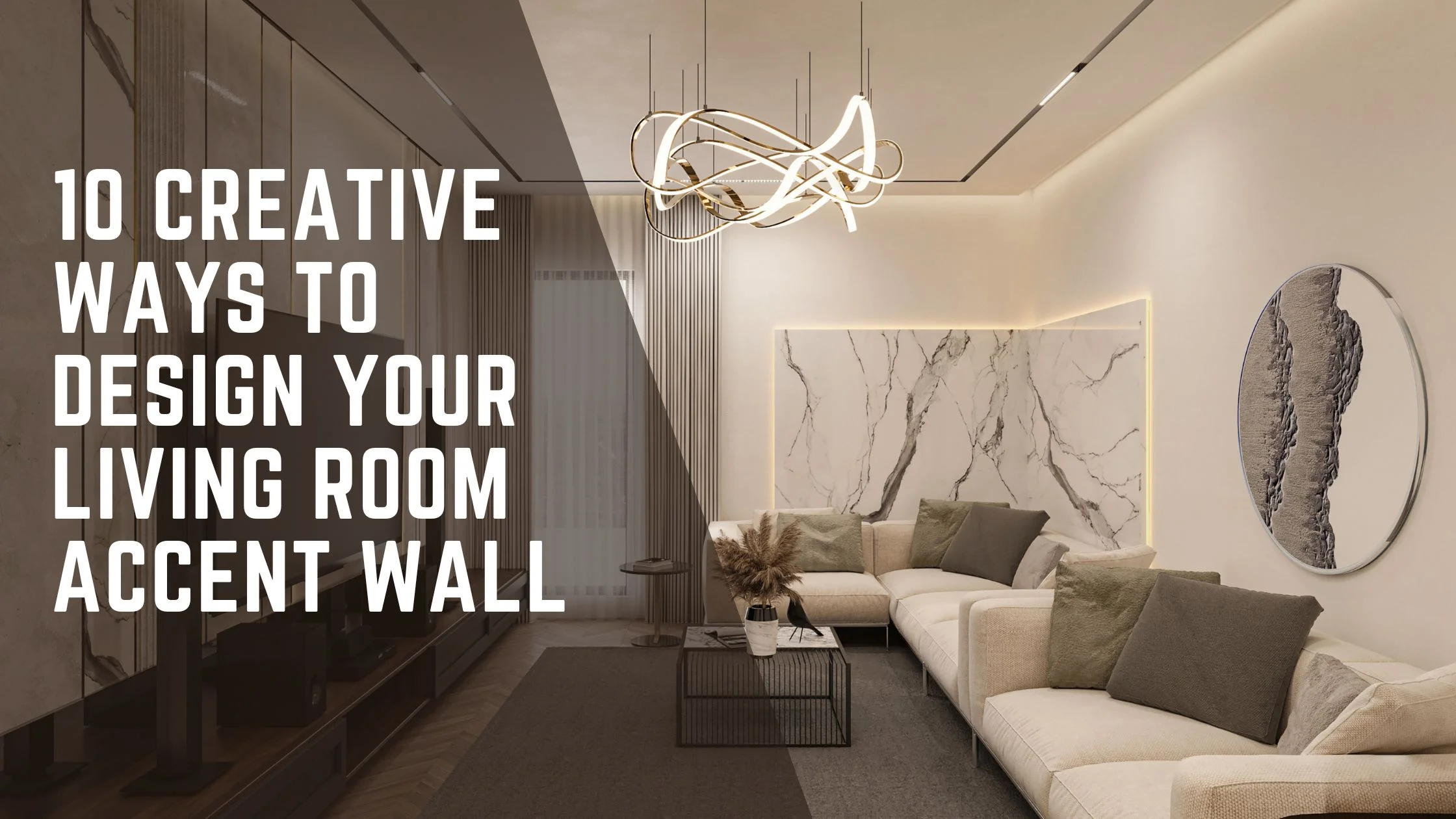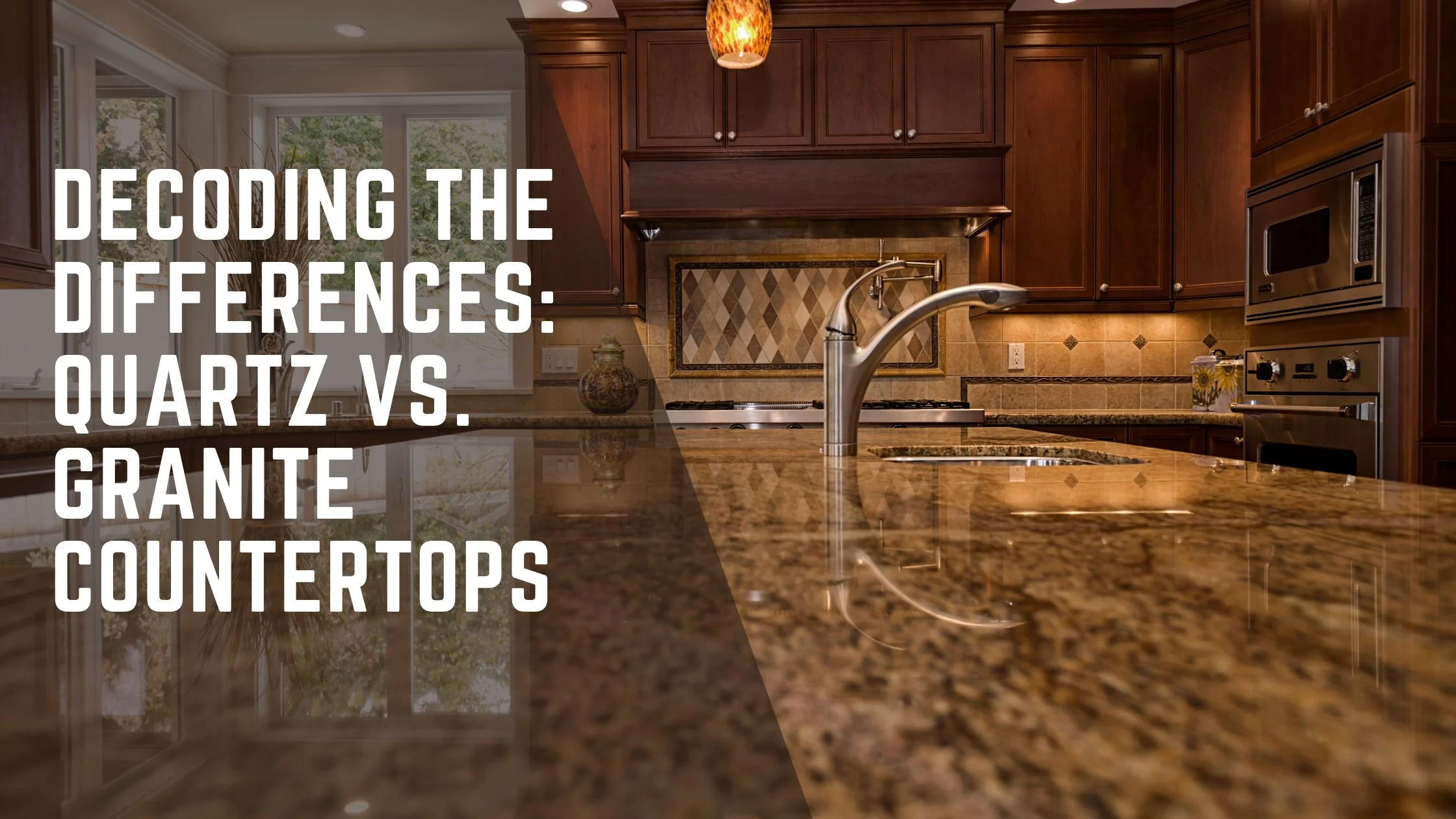The future is illuminated with possibilities! With environmental concerns and energy efficiency becoming increasingly important, it’s essential that we look for sustainable solutions in every area of our lives. This blog post will explore 10 innovative ideas for the future of lighting and delve into strategies to reduce our impact on the environment while still enjoying great visibility and function.
What Is Eco-Friendly Lighting?
Eco-friendly lighting refers to lighting products that are designed to reduce harm on the environment. It includes different aspects like electricity demand, the materials used in the fixtures and bulbs, and environmental effect. Environmentally-friendly lighting can be understood as lighting that utilizes energy-efficient light sources resulting in lower energy consumption and environmental footprint. Ultimately, eco-friendly lighting aims to minimize environmental impact through features such as energy efficiency, the use of renewable energy sources, and the use of non-toxic materials.
How Can Carbon Footprint Be Reduced by Using LED Lights?
LED lights are important for reducing carbon footprints in many ways. Firstly, they use less electricity, which means less energy is needed and less greenhouse gasses are produced when generating power. Secondly, LED lights last a long time, so they don’t need to be replaced as often. This longevity minimizes the emissions produced from the making, transporting, and disposing of old lights. Additionally, LED lights don’t produce much heat, which means less energy is needed for cooling. Lastly, when used with smart controls, LED lights can adjust how bright they are based on whether people are around or how much natural light there is saving even more energy. All of these benefits combined make LED lights a powerful tool for reducing carbon footprints.
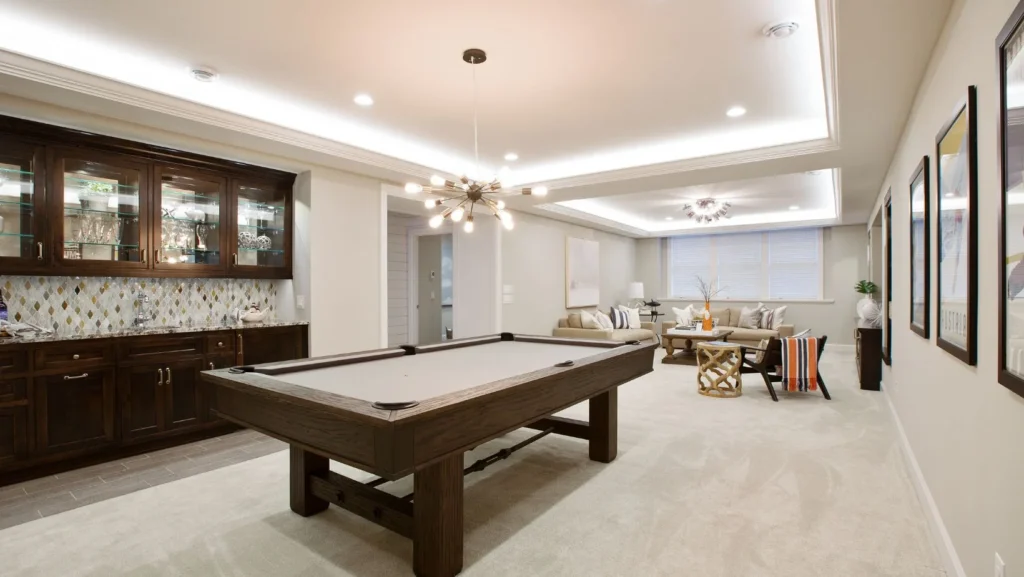
What Are Some Sustainable Lighting Solutions?
1. Use LED Lights
Upgrading to LED lighting from traditional incandescent lights is a wise investment that can offer energy savings and reduce electricity expenses for both businesses and households. The US Department of Energy states that residential LED technology consumes at least 75% less energy and has a significantly longer lifespan compared to incandescent bulbs.
2. Consider Dimmers
With advancements in dimming technology, individuals and businesses embracing this trend can experience enhancements in their quality of life and reduced electricity costs. Dimmers offer more than just energy savings by lowering the intensity of lights and consuming less power, they also extend the lifespan of light bulbs safeguarding the investment into energy efficiency. By incorporating dimming technology, you can enjoy the benefits of both energy conservation and prolonged bulb durability.
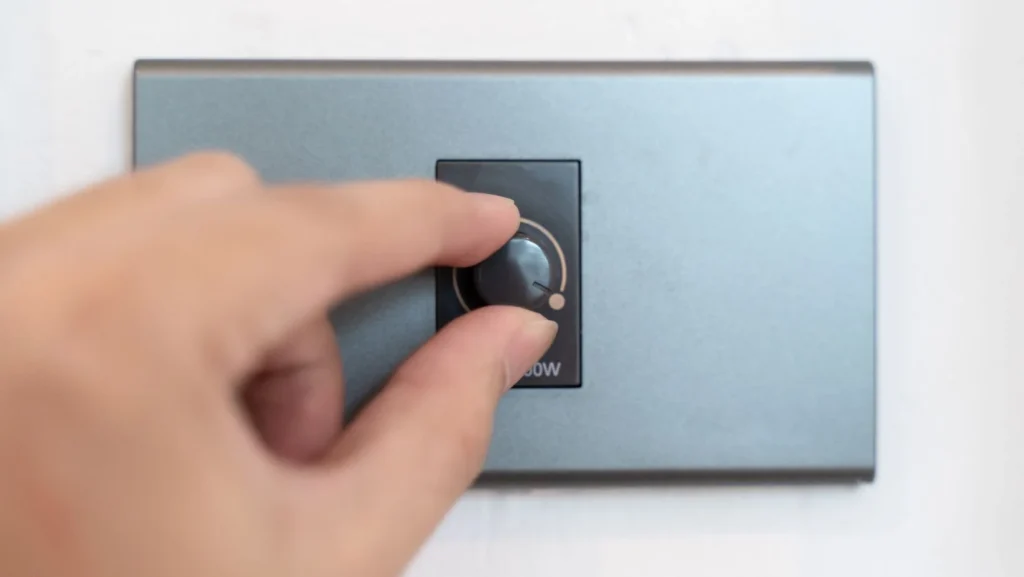
3. Employ Task Lighting
In your quest for energy conservation and reduced electricity costs, don’t overlook the significance of task lighting. Whether it’s illuminating artwork, brightening a stairwell, or providing a reading light by your bedside, task lighting plays a crucial role in saving energy. By installing efficient and purposeful task lighting, you can have ample illumination while using only a fraction of the energy consumed by overhead lighting. For instance, a reading light fixture can beautifully accentuate your favorite artwork during the evening hours. Embracing task lighting can be a smart and eco-friendly choice for your lighting needs.
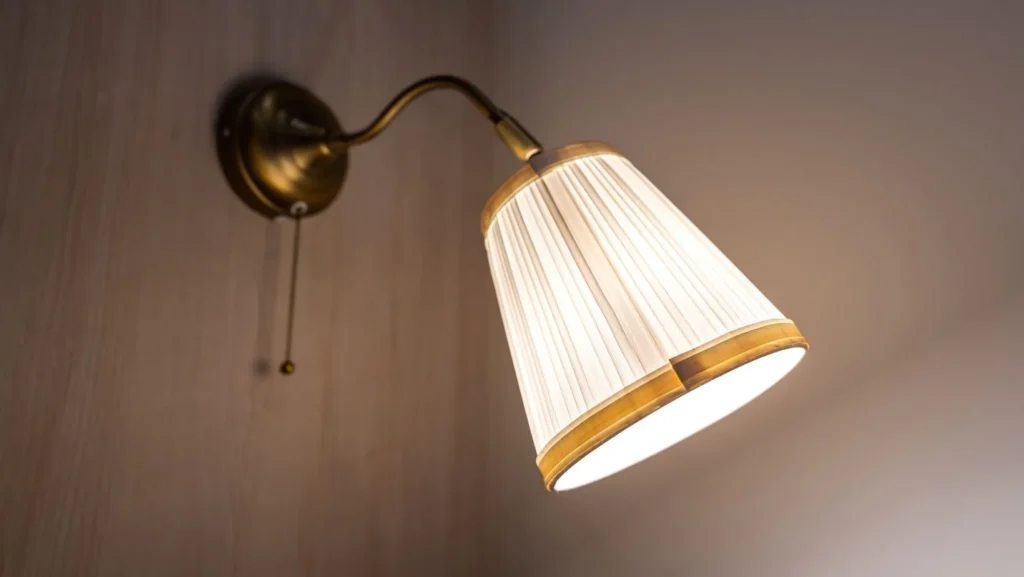
4. Add Lamps
Why flood the entire room with light when you can focus on illuminating specific areas? Lamps offer a practical solution to avoid the common pitfall of excessive overhead lighting by providing task and ambient lighting precisely where you need it – whether it’s your bedroom, living room, office, or any other space.

5. Choose the Right Paint Colors
The impact of paint color on the lighting needs of a space is often overlooked by homeowners and business owners. Darker colors have a tendency to absorb light, creating a gloomy atmosphere and converting it into heat energy. On the other hand, cooler and lighter colors reflect light more effectively allowing for more efficient utilization of the energy lighting your home.
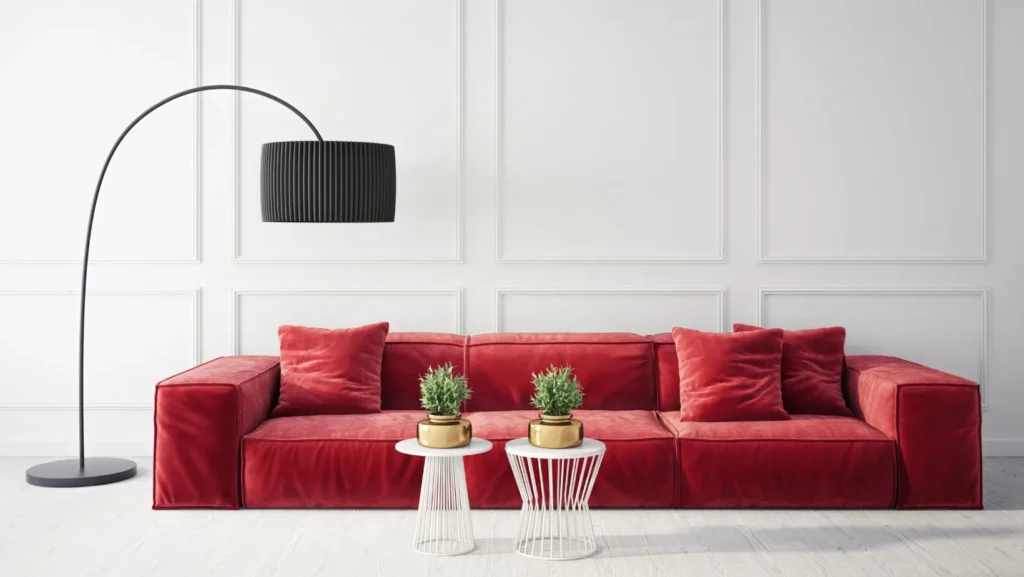
6. Install Motion Sensor Lightning
Motion sensor lighting is a long-term solution that increases energy efficiency and lowers environmental impact. It saves energy and reduces power use by sensing movement and automatically shutting off when not in use. This increases the lifetime of the bulbs while decreasing waste. Motion sensor lighting improves safety and security, allows for customization, and saves money on power costs and maintenance. Overall, it is a cost-effective, ecologically friendly, and energy-efficient lighting option.
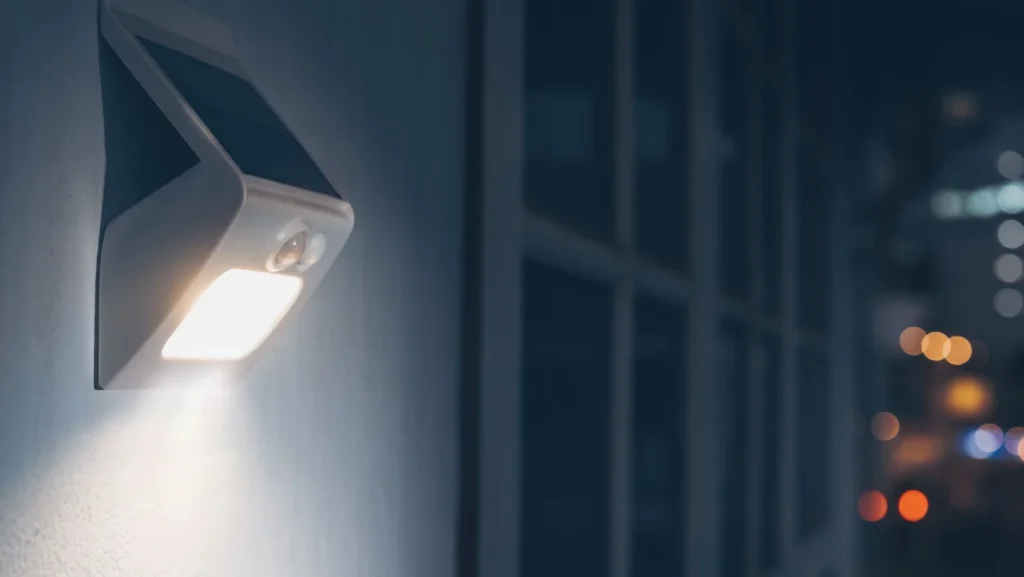
Sustainable lighting solutions are a must-have in modern life. Investing in efficient lighting technology not only reduces the environmental impact of traditional lights, but it will also save you money in the form of lower energy bills. With new technologies emerging every day, the future holds promise for sustainable lighting solutions. Ultimately, making use of these responsible products can powerfully contribute to a cleaner environment with improved standards of living across the globe.






